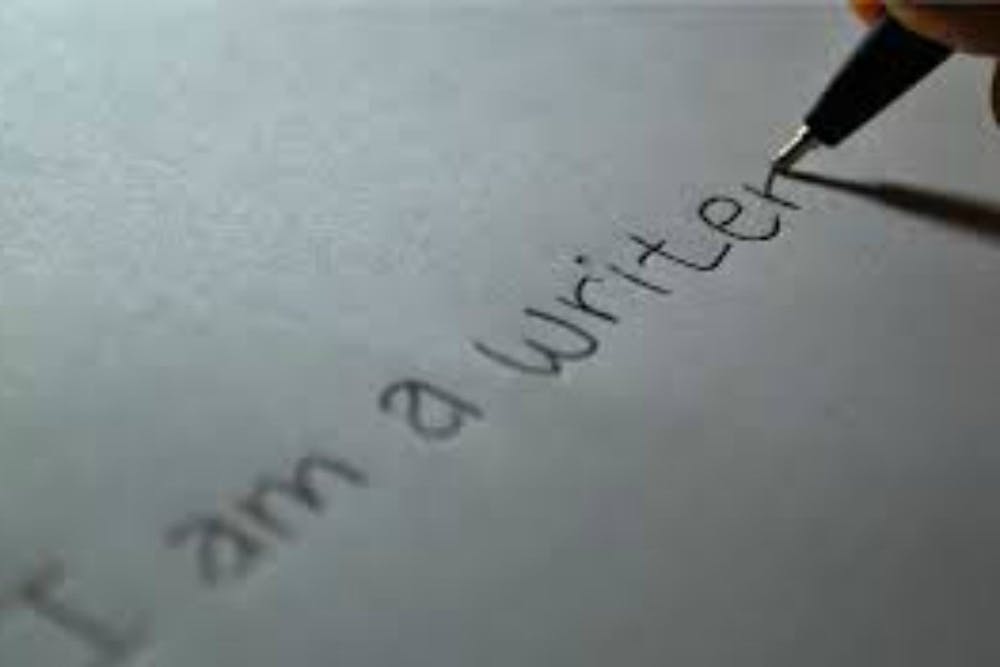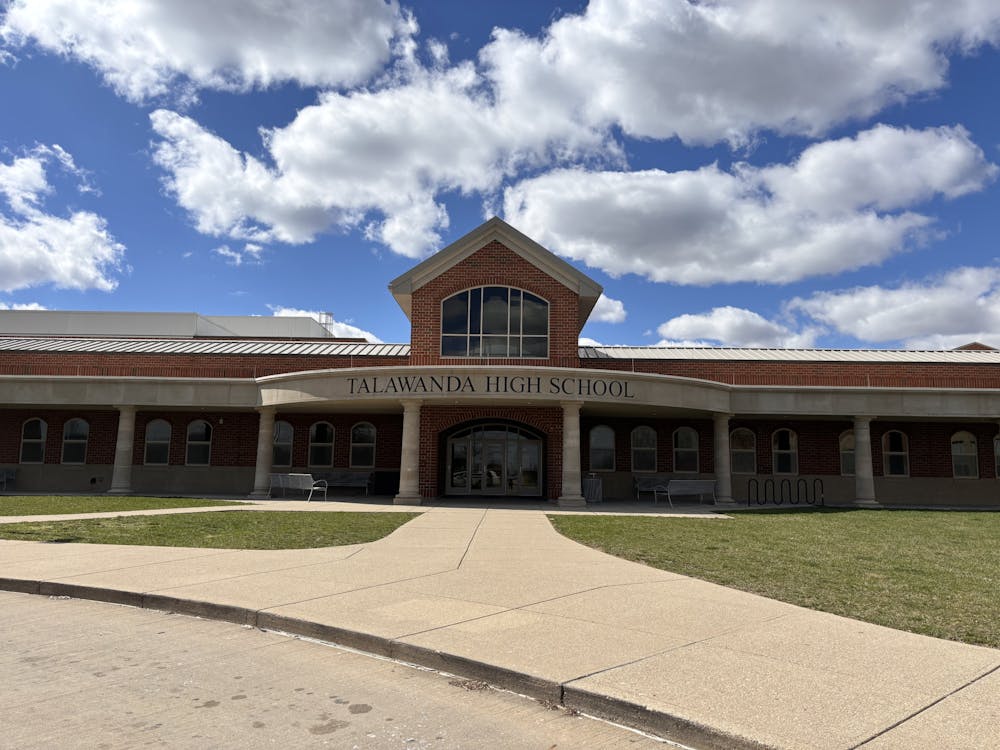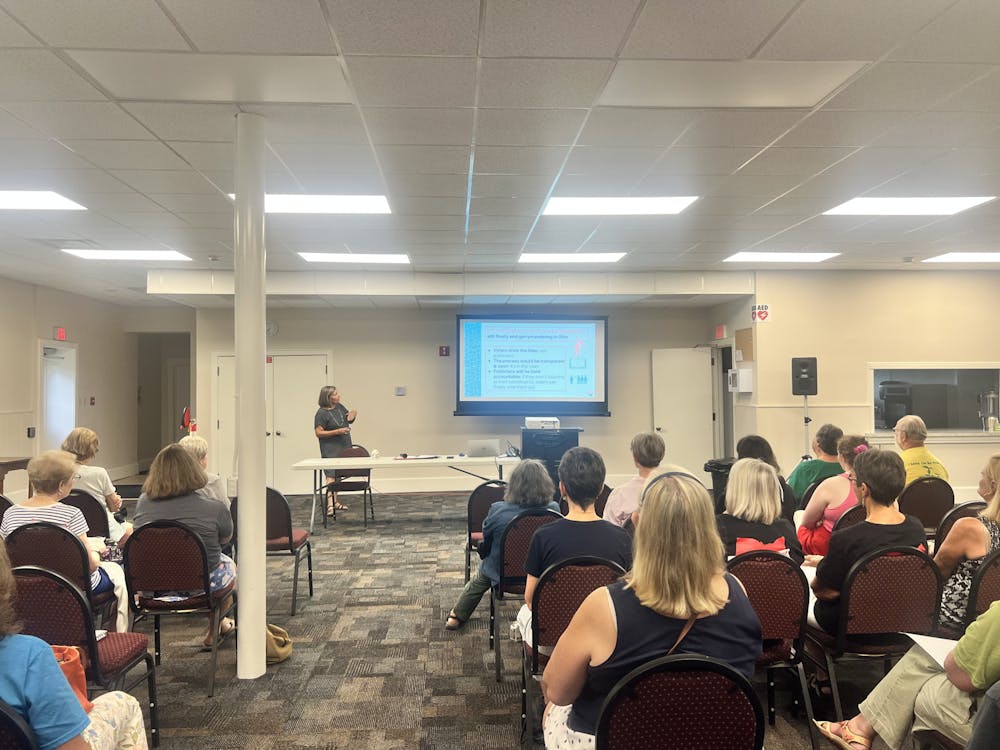By Riley Steiner, For The Miami Student
Miami University's first-ever McComb Conference on Creative Writing will be held today and tomorrow.
The theme of this year's conference is graphic narrative. The conference will feature speakers, workshops, demonstrations, a student panel and an open mic session, centered around the idea of how images and words can work together to tell effective and compelling stories.
"[We wanted to] have a focus that wasn't something that we actually normally teach, so that it would give students a chance to be enriched by something we don't normally do," said professor Cathy Wagner, director of the Department of Creative Writing. "So we came up with the idea for the first one of graphic narrative, or comics."
The conference's keynote speaker, Nick Sousanis, is the author of "Unflattening: Reimagining Scholarship through Comics." Published by the Harvard University Press, it is the first academic work completely in comics form, according to Wagner. The other guest speakers at the conference include graphic memoirists Carol Tyler and Lila Quintero Weaver, as well as comics scholar and Dartmouth professor Michael Chaney. Sousanis will be giving the conference's keynote lecture on Friday night and the other three speakers will be part of a panel on Saturday afternoon.
"Miami students are going to have really world-class writer-artists coming to talk about their own work and talk about how they create stories and put them together, and I think the students will benefit enormously from their expertise and also the chance to think about their own writing in a new way," Wagner said.
In addition to the panel, both Tyler and Weaver will be holding workshops on Saturday. Senior Daniella Conti said she will attend Weaver's workshop, called "Story Lines: Workshop on Textual and Visual Approaches to Storytelling."
"I'm excited about what I can learn because I feel like there's not a ton of stuff [out there] on how to make your own graphic novel," Conti said. "I think it will be really interesting to be in that environment with other people who are interested in that kind of thing since it's such a niche group."
In addition to attending writing workshops in the morning, Conti, a graphic design major, is one of five students who are part of the student panel in the afternoon. She will speak about a graphic novel she originally completed for a Summer Scholars project and is now revisiting for her senior thesis.
"I've always loved reading and drawing, so when I found graphic novels, it was kind of the perfect marriage of those two things," Conti said.
Wagner said the field of graphic narrative has exploded in popularity within the last two decades.
"It is just a booming and very exciting and creative area of writing right now," Wagner said. "It's just blossomed in the last twenty years or so."
Enjoy what you're reading?
Signup for our newsletter
Visiting assistant professor of English Aaron Kashtan agrees that the popularity of comics has grown as society's technology has evolved.
"Our culture has become increasingly visual," he said. "We have all these other media competing with traditional word-based text, but at the same time we still have this passion for the written word. People have come to realize that comics don't have to be newspaper strips or superhero stories. Comics can really be about anything."
Wagner sees value in graphic narrative for students, whether or not they consider themselves comic artists.
"No matter what kind of writer you are, you can learn a lot from the visual thinking that goes into graphic narratives, because it helps you think about how to put one thing next to another in an exciting way that will push your story onward," she said. "Thinking about narrative visually can really help you get some insight into how to build narrative when you're not thinking visually."
There are about 50 students signed up to participate in the conference, and the keynote lecture and guest panel-held in Leonard Theatre in Peabody Hall-are open to the public.
Participants in the conference will learn hands-on about a form of storytelling that is on the rise.
"It's powerful and it creates an immersive environment," Conti said. "I think it creates a special form of communication you can't find anywhere else."




